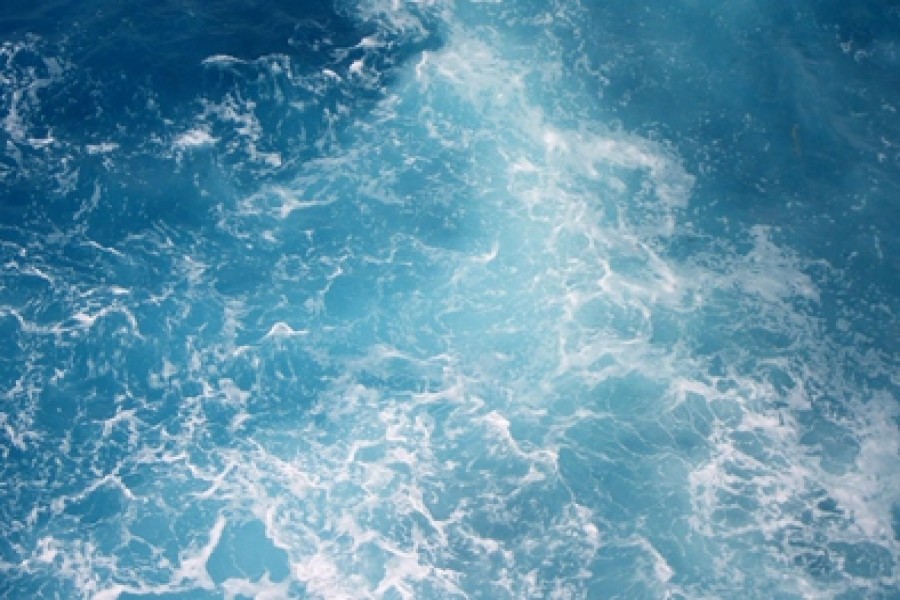Scientists in Australia and the United States have developed a membrane, inspired by bone and cartilage, that can produce electricity from saltwater.
The study published this week in the journal Joule showed that the membrane was both strong like bone and suited for ion transport like cartilage. It could harvest ocean energy to generate an eco-friendly form of renewable energy.
Ocean energy, coming from the pressure and salinity gradient differences between freshwater and ocean water, is more reliable than solar and wind energy. But the nanomaterials commonly used in membranes tend to collapse and disintegrate in seawater, according to the study.
Researchers from Deakin University and University of Michigan started to make the tissues of living creatures as a blueprint. They noted that soft tissues like cartilage allow ions to pass through, but are weak and flimsy. In contrast, bones are exceptionally strong, but without the benefit of efficient ion transport.
They found a way to "marry" those two types of materials to obtain both properties at the same time, combining aramid nanofibres that make flexible fibrous materials similar to cartilage with boron nitride that makes platelets similar to bone.
The researchers repeatedly rinsed the membrane in sodium chloride for 20 cycles to monitor its stability, finding that it continued to function optimally after 200 hours.
"Our new composite membrane has an adjustable thickness and high stability at temperatures ranging from 0 to 95 degrees Celsius and at a pH of 2.8 to 10.8," said Lei Weiwei, the lead scientist of the project at Deakin University.


